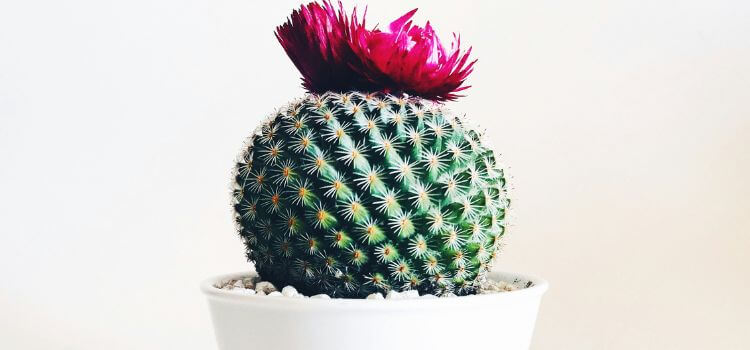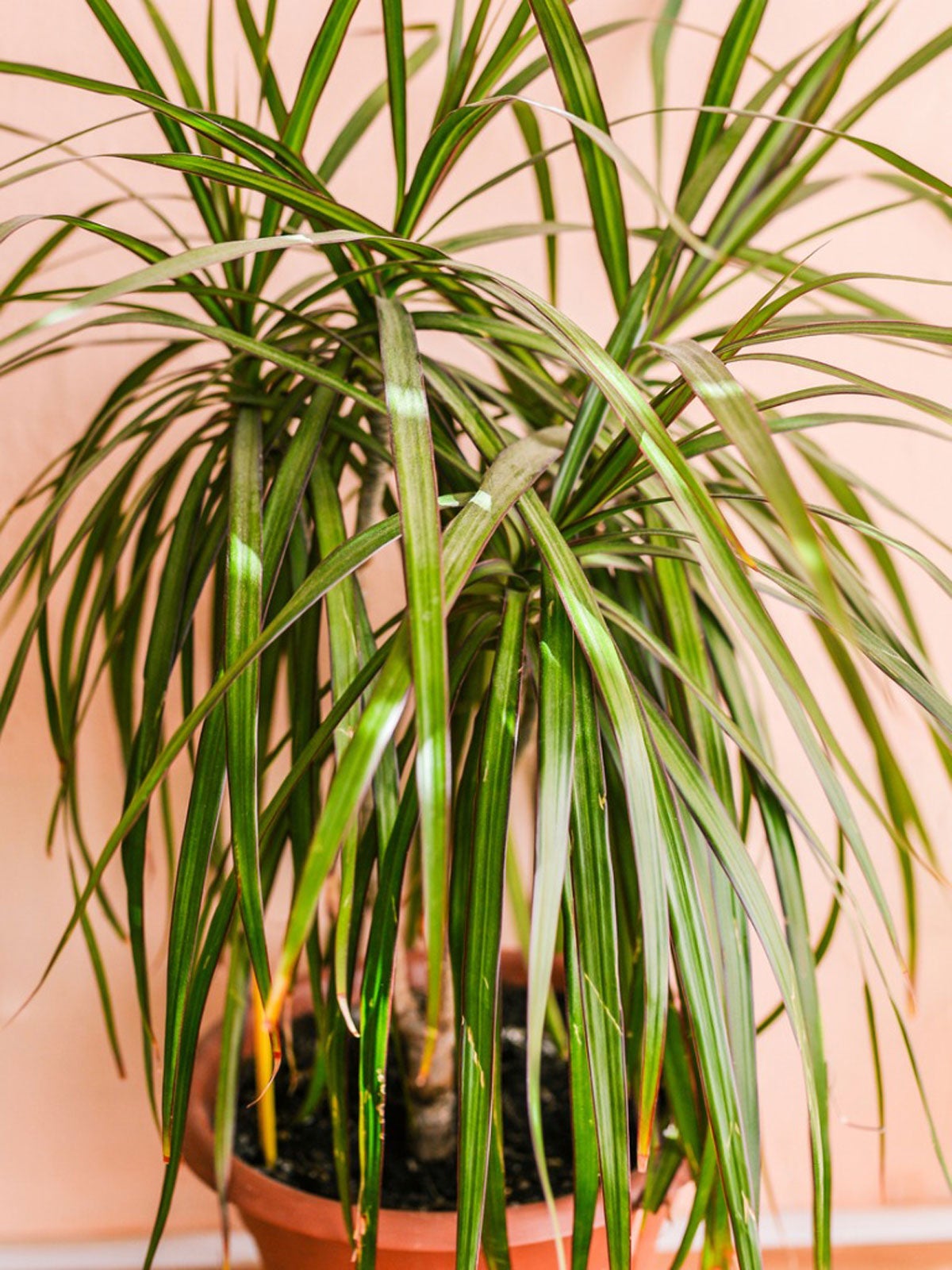As an Amazon Associate, I earn from qualifying purchases.
To kill a cactus, remove it from water and apply a systemic herbicide. Ensure the product is designed for cacti or tough weeds.
Cacti, the resilient and often majestic plants of the desert, are found in various landscapes and home gardens. Despite their beauty and adaptability, there are scenarios where eliminating a cactus becomes necessary.
Knowing the appropriate removal methods is crucial, whether due to overgrowth, landscape redesign, or the plant becoming a hazard. This guide will offer essential tips, stressing safety and effectiveness while minimizing environmental impact.
The Nature Of Cacti
Cacti are the tough guys of the plant world. They seem almost indestructible. Yet, sometimes, killing cacti is necessary—for example, in areas where they become invasive and disrupt local ecosystems. Before removing these spiky plants, it is essential to understand why they are so hardy and resilient. This knowledge means any action taken can be effective and powerful.
Survival Traits
Cacti’s survival traits are genuinely excellent. They can live with minimal water and handle extreme heat. They store moisture in their thick, fleshy stems to last through droughts. Thick skin and spines help protect against vultures. They also have an extensive root system to soak up every drop of water available.
- Water storage in stems
- Thick skin to minimize water loss
- Spines for protection from animals
- Extensive roots reach out for moisture
Common Misconceptions
People often think cacti need no care. This isn’t true. They need sunlight, specific temperatures, and proper soil conditions to thrive. Over-watering or inadequate sunlight can harm them. They’re not invincible. Understanding their needs can help when you need to remove them safely.
| Misconception | Reality |
|---|---|
| Cacti grow without water | They store water but still need it to survive |
| Cacti need no care | They require specific conditions to flourish |
| Cacti are invincible | They can be vulnerable to over-watering and poor light |

Preparations Before Cactus Removal
Adequate planning makes removing a cactus from your property safer and more effective. Understanding the key procedures and obtaining the right materials will make cactus termination easy.
Safety Measures
Dealing with cacti requires caution due to their spines and potential toxicity. Before engaging in cactus removal, make sure to protect yourself by donning these essential safety items:
- Thick gloves: Choose heavy-duty gardening gloves, preferably leather, to prevent being pricked by cactus spines.
- Long sleeves and pants: These will guard your skin against thorns.
- Safety glasses: Protect your eyes from any loose spines or debris.
- Closed-toe shoes: Cover your feet to prevent accidental stabs from fallen cactus pieces.
Tools And Materials Needed
With safety gear on, assemble the tools and materials necessary for the job. Here’s what you’ll need:
- A shovel or garden spade will help you dig around and under the cactus.
- Hacksaw or pruning saw: Use this to cut through more giant cacti.
- Tongs or grabbers: These will help you handle cactus pieces safely.
- Heavy-duty garbage bags: Use these to dispose of the cactus properly remains.
- Water: Soaking the soil a day before can make the removal easier.
Gathering all your instruments and following safety precautions will make cactus removal more accessible and faster.
Physical Removal Techniques
Removing cacti can be challenging, but it is doable! Physical removal techniques are hands-on methods. They help clear areas of unwanted cacti effectively. You will need tools, patience, and a bit of elbow grease.
Uprooting Method
Dig out the cactus carefully. Start by circling the plant with a shovel. Keep a reasonable distance to avoid root damage. Next, pry the plant loose and lift it out from the ground. Always wear thick gloves and use protective gear to prevent spikes. It’s best to plan this on a calm day when the plant is less hydrated and easier to handle.
Cutting And Dismantling
Snip off cactus sections progressively. Begin at the top of the cactus. Use sharp, sanitized clippers for clean cuts. Work your way down, removing piece by piece. Smaller sections are safer to handle, and disposing of them becomes easier, too. Remember to protect yourself with the right safety gear.
| Step | Tool Needed | Safety Precautions |
|---|---|---|
| 1. Circle shovel around cactus | Shovel | Wear gloves and safety boots |
| 2. Pry and lift cactus out | Pry bar (if needed) | Keep body parts away from spines |
| 3. Cut from the top down | Pruning clippers | Use thick clothing to shield the skin |
- Always sanitize tools before and after use to prevent disease spread.
- Dispose of cactus pieces in strong trash bags to avoid punctures.
- Check local regulations for specific disposal methods required in your area.
Chemical Solutions For Cactus Eradication
Combatting stubborn cacti requires chemical warfare. Cactus eradication can be challenging in gardens or on more significant properties. Chemical solutions effectively ensure these spiky invaders stay within their welcome. Handling these chemicals with care is crucial to avoid harm to the environment and other plants.
Applying Herbicides
A suitable herbicide makes all the difference. For cacti control, select a systemic herbicide. It travels within the plant, ensuring root-to-tip extermination. Always follow the instructions on the label. Wear gloves and eye protection during application.
- Pick a still, dry day to apply herbicide.
- Cover desirable plants nearby to protect them.
- Apply directly to the cactus, avoiding soil contamination.
Natural Chemical Alternatives
Nature often provides its chemical solutions. Vinegar, a powerful natural acid, can serve as an herbicide. Concentrated salt solution is another alternative. These options, while more eco-friendly, may require repeated applications.
| Natural Chemical | Application Method | Precautions |
|---|---|---|
| Vinegar | Directly onto cactus | Avoid contact with desirable plants |
| Salt Solution | Soak the soil around the cactus | May affect soil salinity – use sparingly |
Environmental Impact Considerations
Environmental Impact Considerations take the front stage when planning to remove a cactus. We love our planet. So, we must think about how our actions affect nature. Killing a cactus might sound simple, but it involves careful steps. These steps ensure the safety of our ecosystems. Below, we explore the impact on local habitats and the correct ways to eliminate cactus waste.
Impact On Ecosystem
Cacti play a role in their habitats. They provide homes and food for critters. Removing cacti shakes up the food chain and can lead to soil erosion. This happens because cactus roots hold the ground in place. Without them, the dirt can wash away easily.
- Be mindful of the animals relying on cacti.
- Consider the soil and nearby plants.
Disposal Of Cactus Waste
After killing a cactus, disposal is vital. Never throw it in your regular trash. Cactus pieces might sprout anew, causing more issues.
| Safe Disposal Method | Why It Matters |
|---|---|
| Local waste guidelines | Follow the rules to protect your community. |
| Composting | Turn waste into natural fertilizer. |
What should you remember? Dry out the cactus pieces first. Then, cut them into smaller bits. This makes composting easier.

Post-removal Care And Maintenance
Once the cactus hits the ground, the job is only half done. Post-removal care ensures your garden thrives without unwanted regrowth. Proper maintenance guarantees your soil recovers and remains cactus-free. Let’s explore the steps to keep your garden in top shape after cactus removal.
Soil Recovery
Healthy soil is the cornerstone of a flourishing garden. After cactus removal, the soil might be compacted and low in nutrients.
- Test the soil pH – It should be balanced for new plants.
- Amend the soil – Mix in compost or other organic matter.
- Aerate the soil – Use a fork or aerator to allow oxygen in.
- Water thoroughly – Ensures the soil settles and is ready for planting.
Preventing Regrowth
Stay vigilant to stop cacti from returning. Here are four steps.
- Monitor the area – Look for new sprouts monthly.
- Remove new growth immediately – Don’t let it take root.
- Apply a pre-emergent herbicide – Only if necessary and suitable for your garden.
- Mulch – It helps prevent seeds from sprouting.
Frequently Asked Questions For How To Kill Cactus?
To permanently remove a cactus, wear thick gloves and dig around the base to loosen the soil. Lift out the cactus, ensuring you remove all roots to prevent regrowth. Dispose of the plant responsibly.
The best chemical to kill cactus is a systemic herbicide, such as glyphosate. Carefully apply according to label instructions to target and eliminate the cactus effectively.
Yes, Roundup can kill cactus. It contains glyphosate, a non-selective herbicide that eradicates most plants, including cacti. Use it carefully to prevent unwanted plant damage.
Certain remedies can kill cacti if they contain harmful chemicals or are used improperly. To prevent damage, always use treatments specifically designed for cactus care.
Conclusion
Eliminating a cactus requires precision and safety. We’ve outlined effective techniques for respecting both plant and property. Remember, choose the method suiting your scenario, wear protective gear, and dispose of the cactus responsibly. Tackling unwanted cacti can now be done confidently, ensuring a clear, hazard-free space in your garden.




